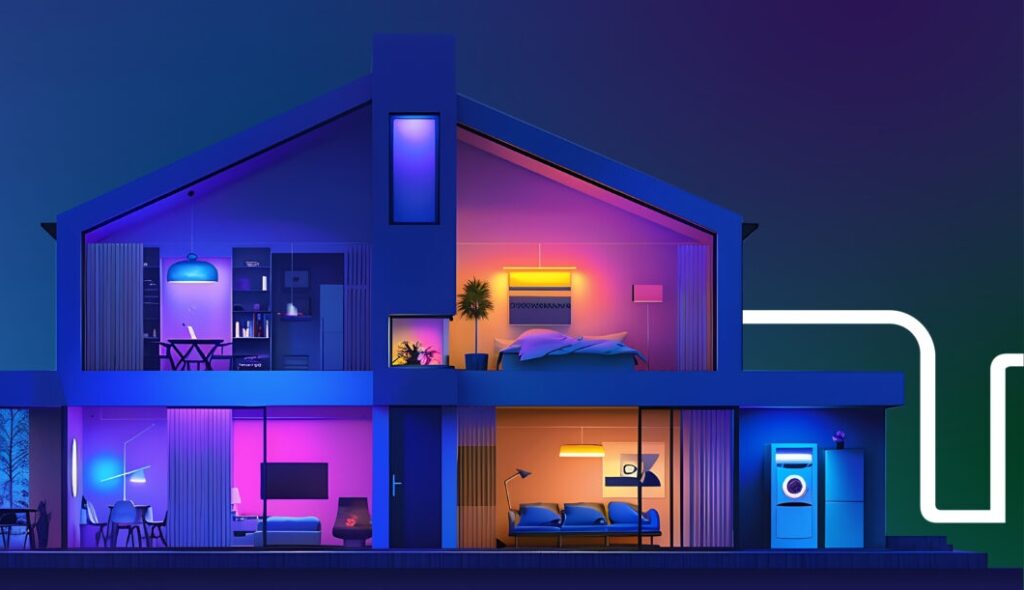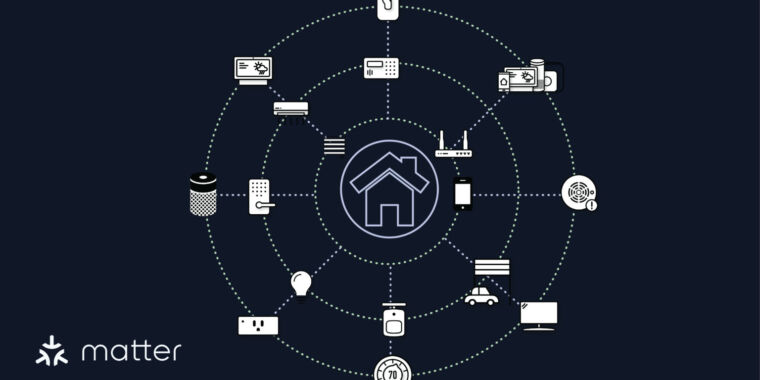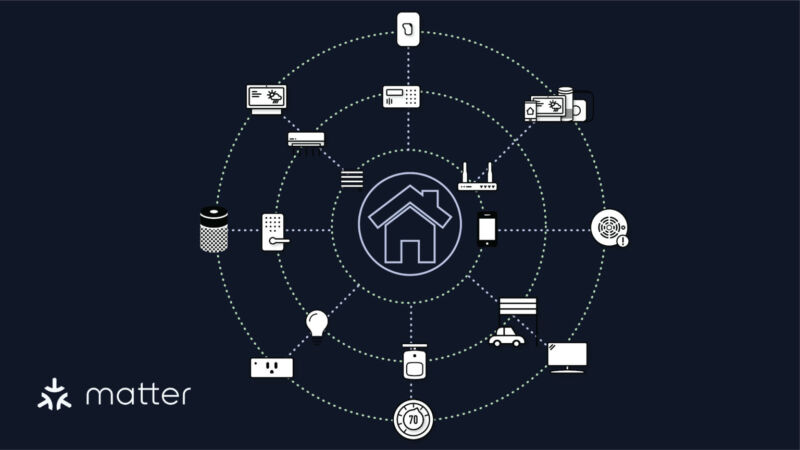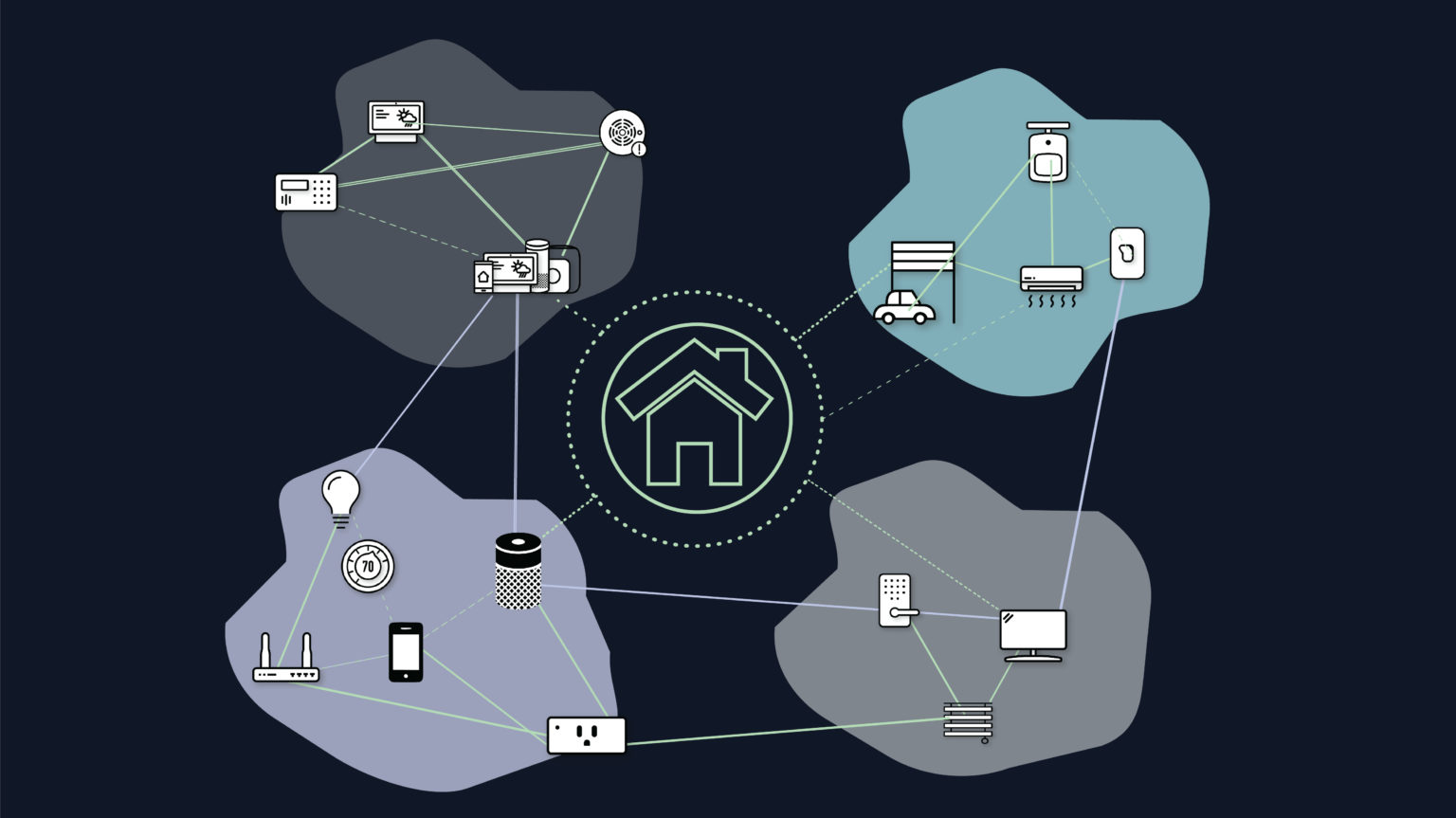Matter 1.4 has some solid ideas for the future home—now let’s see the support

With Matter 1.4 and improved Thread support, you shouldn’t need to blanket your home in HomePod Minis to have adequate Thread coverage. Then again, they do brighten up the place. Credit: Apple
Routers are joining the Thread/Matter melee
A whole bunch of networking gear, known as Home Routers and Access Points (HRAP), can now support Matter, while also extending Thread networks with Matter 1.4.
“Matter-certified HRAP devices provide the foundational infrastructure of smart homes by combining both a Wi-Fi access point and a Thread Border Router, ensuring these ubiquitous devices have the necessary infrastructure for Matter products using either of these technologies,” the CSA writes in its announcement.
Prior to wireless networking gear officially getting in on the game, the devices that have served as Thread Border Routers, accepting and re-transmitting traffic for endpoint devices, has been a hodgepodge of gear. Maybe you had HomePod Minis, newer Nest Hub or Echo devices from Google or Amazon, or Nanoleaf lights around your home, but probably not. Routers, and particularly mesh networking gear, should already be set up to reach most corners of your home with wireless signal, so it makes a lot more sense to have that gear do Matter authentication and Thread broadcasting.
Freeing home energy gear from vendor lock-in
Matter 1.4 adds some big, expensive gear to its list of device types and control powers, and not a moment too soon. Solar inverters and arrays, battery storage systems, heat pumps, and water heaters join the list. Thermostats and Electric Vehicle Supply Equipment (EVSE), i.e. EV charging devices, also get some enhancements. For that last category, it’s not a moment too soon, as chargers that support Matter can keep up their scheduled charging without cloud support from manufacturers.
More broadly, Matter 1.4 bakes a lot of timing, energy cost, and other automation triggers into the spec, which—again, when supported by device manufacturers, at some future date—should allow for better home energy savings and customization, without tying it all to one particular app or platform.
CSA says that, with “nearly two years of real-world deployment in millions of households,” the companies and trade groups and developers tending to Matter are “refining software development kits, streamlining certification processes, and optimizing individual device implementations.” Everything they’ve got lined up seems neat, but it has to end up inside more boxes to be truly impressive.
Matter 1.4 has some solid ideas for the future home—now let’s see the support Read More »




